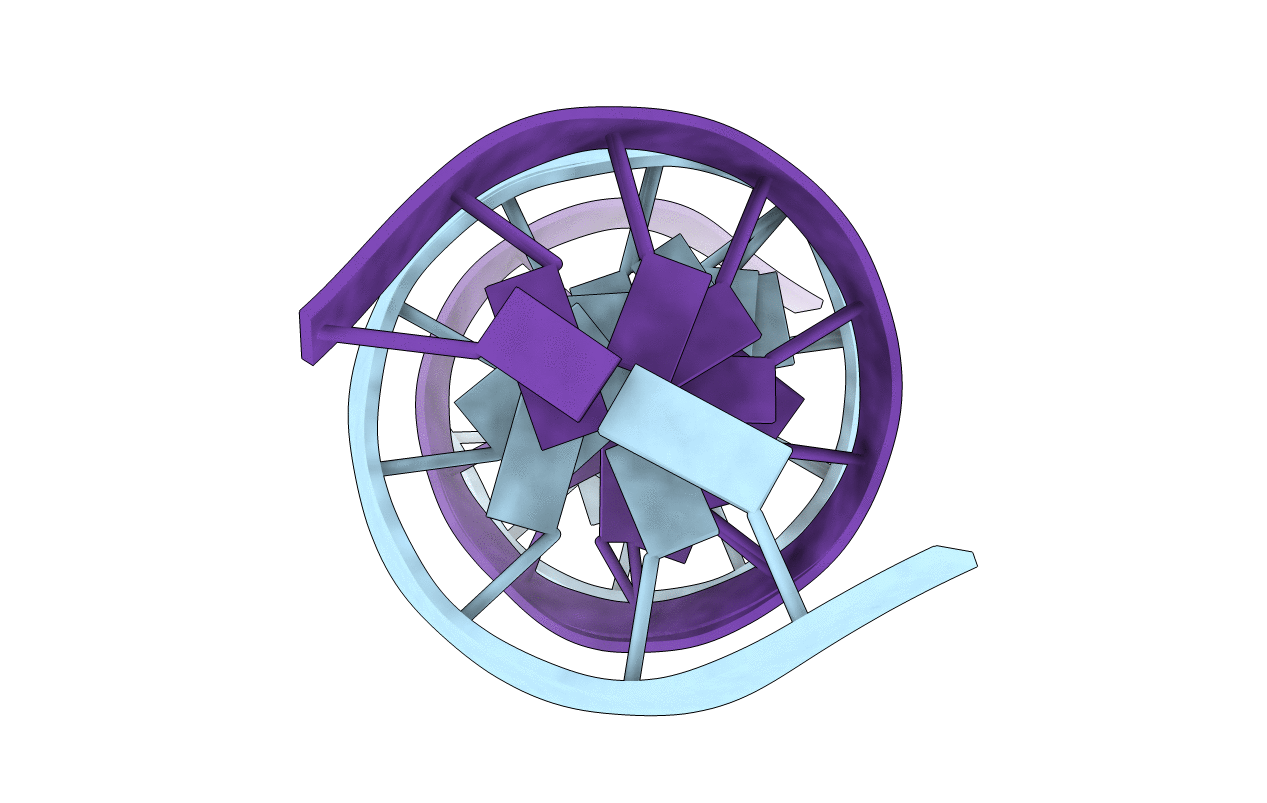
Deposition Date
2002-02-01
Release Date
2002-03-06
Last Version Date
2024-05-22
Entry Detail
PDB ID:
1KXS
Keywords:
Title:
NMR STUDY OF B-DNA CONTAINING A MODIFIED BASE PAIR: THE 2'-DEOXYADENOSINE 3-(2-HYDROXYETHYL-2'-DEOXYURIDINE)
Biological Source:
Source Organism:
Method Details:
Experimental Method:
Conformers Calculated:
256
Conformers Submitted:
2
Selection Criteria:
Fit with NMR constraints and energy


